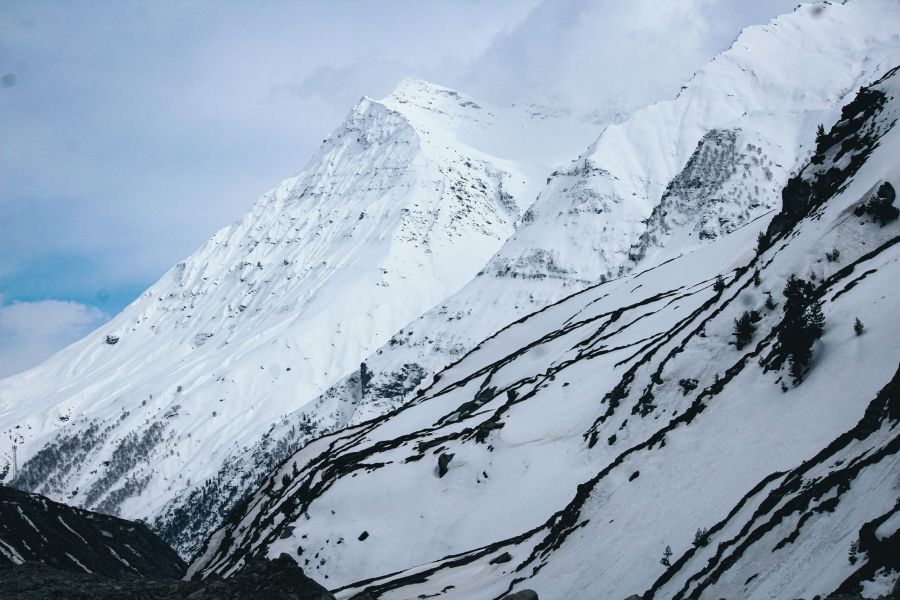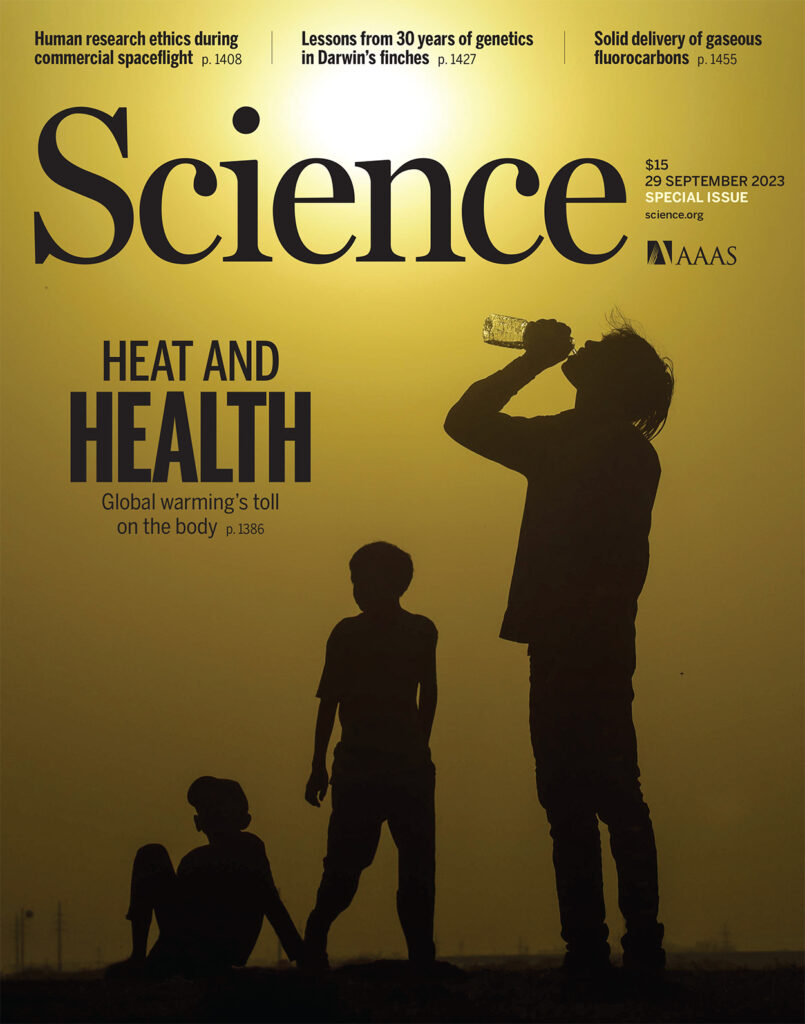Lurking in the deep freeze?

Climate change may release dangerous pathogens frozen for centuries in Arctic permafrost. Permafrost can imprison dangerous microbes for centuries. Will the Arctic thaw release them?
A version of this story appeared in Science, Vol 381, Issue 6665.


In 1733, an Inuit boy and girl who had been sent to Denmark for the king’s coronation 2 years earlier sailed back home to Greenland. Both were in a “sickly state of health” during the trip, according to an account written a few decades later by a missionary, and the girl died on the way. Shortly after reaching his native land that September, the boy also died, of “a cutaneous disorder.” He had brought smallpox with him, and the disease raced around the island, killing Inuits and Europeans alike. Another missionary wrote of “houses tenanted only by the corpses of their former occupants, and dead bodies lying unburied on the snow.” The outbreak lasted until at least June of the next year, killing maybe half of Greenland’s already sparse population.
In the summer of 2022, a team of researchers visited Greenland to take soil samples from heaps of human and animal waste, or middens, dating from the smallpox epidemic and before. Their goal is to assess the risk that, as the Arctic warms and the permafrost thaws, long-frozen soil could release dangerous pathogens. Such “zombie viruses” are fodder for Hollywood, but they are not science fiction. Temperatures in the Arctic are rising twice as fast as in the rest of the world. “And viable pathogens are clearly lurking in the soil”, says Marion Koopmans, a virologist at the Erasmus Medical Center who runs a European consortium dubbed the Versatile Emerging infectious disease Observatory (VEO) that’s studying how northern-latitude warming might influence infectious diseases. “What you see now is studies that find infectious viruses from permafrost.”
The odds are low that smallpox or anything comparably dangerous will spring from the soil after centuries in the deep freeze, says veterinary microbiologist Frank Aarestrup, who heads the VEO project with Koopmans and whose lab at the Technical University of Denmark has been screening the midden samples for DNA. “But it’s better that we should investigate it now rather than after something has been released.” Yet some scientists do worry that the effort itself could unleash a human pathogen.
Author: Jon Cohen
Date: 27 September 2023
Source: Science